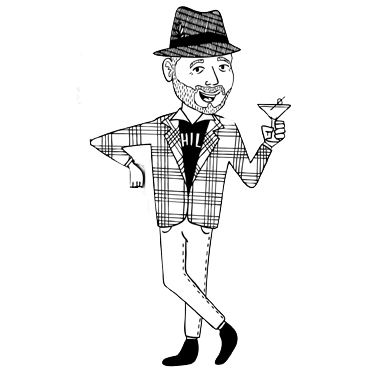Yeah, I’m still tripping on Miami Vice. It acutally came on TV last night, so I watched it for the first time in 25 years. Does it hold up? Yes and no. The sets are awesome. The acting is decent, though it is at times laughably cheesy and melodramatic. The music is another story. It still sounds fresh, 25 years later. I often brush of 80s music as nostalgic but kind of lame. But this show was a reminder that there was some good stuff out there. The episode I saw was Smuggler’s Blues, which reaquainted me with a kickass song I hadn’t heard in years. Glenn Frey has plenty of cheesy songs, but this isn’t one of them. This song rocks (though the video is pretty bad.) Anyways, an article I came across from a few years ago talks about how influential Miami Vice was to television.
Mann favored neon and reflective surfaces for his night shots, even hosing down the streets so they shimmered like black glass. Combine that glossy look with striking camera angles, smash-cut editing, and dramatic use of freeze frames, and Mann had developed a powerful visual language that is still widely copied.
His ambitious accomplishment unleashed a once unthinkable exodus. In the two decades since “Miami Vice” first aired, more and more feature film talent – actors, writers, producers and directors – have moved over to work in television, resulting in a remarkable improvement in the quality of TV drama. Without “Miami Vice,” there is no “ER” or “The Sopranos” or “CSI.”
Just as important as the look of “Vice” was its sound. From the industrial-strength opening of Jan Hammer’s electronica theme, this was a show fueled by music. “If you remember what other TV show theme songs of that era sounded like, this was shock therapy,” says Hammer. Both the “Miami Vice Theme” and the “Miami Vice” soundtrack album would top the Billboard charts.
In addition to Hammer’s score, “Vice” also used a rich variety of contemporary pop and rock songs during episodes. Until that time, if a TV show wanted to employ a pop hit, it usually resorted to a sappy, elevator music version to avoid paying stiff rights fees. But “Vice” used the original recordings of artists from Eric Clapton to Depeche Mode, from U2 to Peter Gabriel.
Not only that, it often let these songs play out in their entirety over scenes without dialogue. The impact of these music video operettas, beginning with Phil Collins’ “In the Air Tonight” in the two-hour pilot, was unusually powerful.

